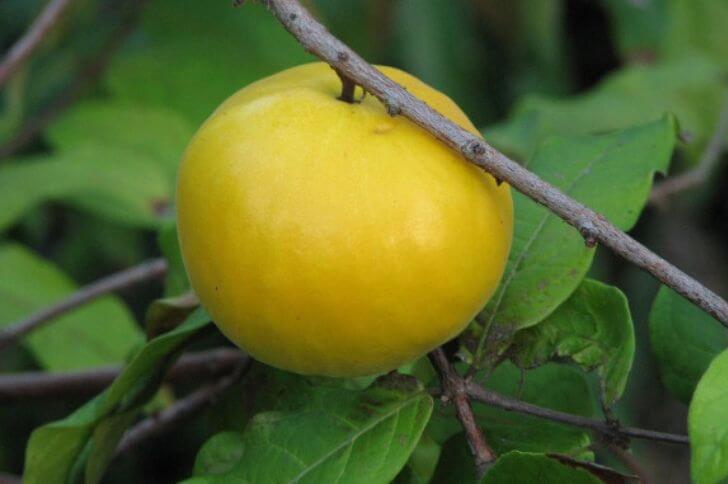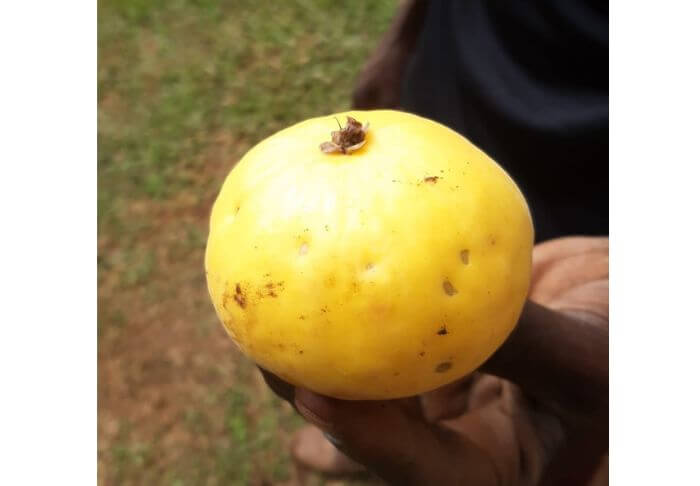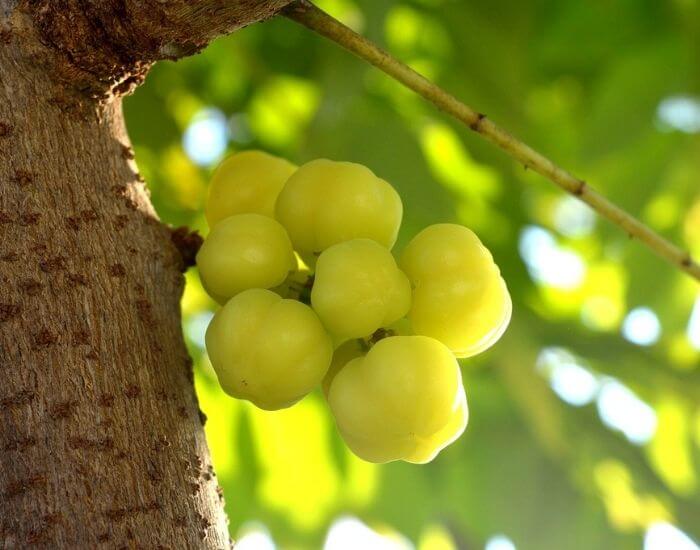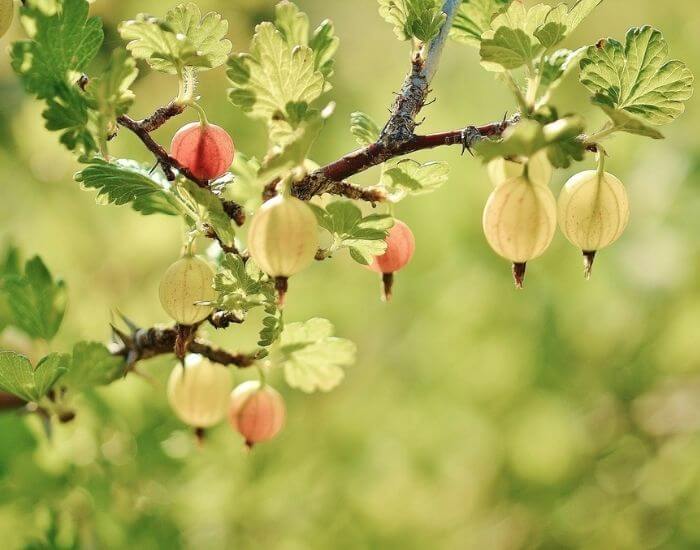Exotic fruits have always intrigued and fascinated people with their vibrant colors, unusual shapes, and tantalizing flavors and the araza fruit is no exception.
As culinary explorers seek new experiences on their plates, exotic fruits have gained popularity in recent years for their ability to add flair and excitement to dishes.
With social media platforms fueling curiosity about these lesser-known fruits, more people are seeking out opportunities to savor their extraordinary flavors.
Known for its numerous benefits, this yellow fruit boasts of a refreshing flavor reminiscent of a mix between mango and pineapple.
In this article, we will explore the origins, cultivation methods, nutritional value, and potential benefits of this lesser-known yet incredibly fascinating fruit. Whether you are an avid foodie or simply curious about discovering new fruits, join us on this journey to unravel the secrets of the arazá fruit.
Araza cultivation
Araza cultivation is an emerging trend in the agricultural industry, as more and more farmers are recognizing the potential of this unique fruit.
Cultivating this fruit requires specific conditions to thrive. It grows best in tropical climates with abundant rainfall and well-drained soil. It also requires full sun exposure for optimal growth and fruit production. Farmers often choose to grow araza from seeds of mature fruits.
A mature tree produces fruits 2-4 times a year, ensuring arazas are available all year.
Araza fruit color

source: momotaproject
Also called membrillo or araca, the araza fruit typically has a bright yellow color when it ripens, adding to its visual appeal. This vivid hue not only catches the eye but also indicates the fruit’s ripeness and readiness for consumption.
Moreover, the color of the araza fruit plays a significant role in attracting animals and birds for seed dispersal.
Unripe arazas are green.
Where does araza fruit come from?
It primarily grows in countries such as Colombia, Brazil and Ecuador. Araca trees can be found growing both in the wild and cultivated in orchards.
In its natural habitat of the Amazon rainforest, araza fruit thrives in the warm and humid climate. The abundant rainfall and fertile soil contribute to its growth and development. The tree itself can reach up to 39 feet in height and has dense foliage that provides shade for the delicate fruits.
Araza fruits season
When is araza fruit in season? The exact season for this small fruit can vary depending on the location and climate. In its natural habitat of the Amazon rainforest, the araza fruit typically ripens 2-4 times throughout the year.
Note: unlike most fruits, the araca tree bears fruits at least 2-4 times a year, so these fruits are available all year round.
Checking for ripeness
One way to tell if araza fruit is ripe is by its color. When the fruit is fully ripe, it will have a vibrant yellow, similar to a ripe mango.
Another indicator is its texture. A ripe araza fruit should feel soft when gently pressed, indicating that it is juicy and ready to eat.
Lastly, the aroma of an araza fruit can also help determine its ripeness. A fully ripe membrillo will have a sweet scent that intensifies as it ripens further.
How to prepare

To prepare araca, wash under cold water. Then, cut the fruit in half using a sharp knife and gently twist each half to separate it from the pit. You can also scoop out the flesh using a spoon if you prefer.
Once you have removed the flesh from the pit, you can enjoy it as is or use it in various recipes.
Ways to eat araca fruit
One of the simplest ways to enjoy araza fruit is by eating it fresh and raw. To do this, simply wash the fruit thoroughly, cut it open, and scoop out the juicy flesh with a spoon. The fruit has a slightly tart flavor, making it a refreshing snack on its own.
For those who like experimenting in the kitchen, araza can also be used in various culinary creations. From jams and jellies to tarts and pies, this versatile fruit adds a unique tropical twist to traditional recipes.
Consider using araza as a topping for pancakes or waffles, or mix it into yogurt for added flavor. There are endless possibilities when it comes to incorporating this exotic fruit into your meals!
How to drink membrillo

source: gayaza fruits
There are numerous delightful ways to incorporate araza fruit into your beverage repertoire. One popular option is to make a refreshing araca smoothie.
Simply blend together ripe araza fruit, a splash of coconut milk, a handful of ice cubes, and a squeeze of lime juice for a tropical and invigorating treat. Another delicious choice is an araza-infused iced tea. Brew a pot of your favorite tea, let it cool, and then add in slices of araza for a burst of flavor.
Araza puree
Ingredients:
-1 cup of araza fruit
– 1 tablespoon of sugar
Instructions:
1. Peel and pit.
2. Place the araza fruit and sugar in a blender.
3. Blend until smooth and creamy.
4. Serve immediately or refrigerate for later use.
What does araza fruit taste like?
This small yellow fruit has a smooth and shiny skin with a fragrant aroma that is reminiscent of mango and pineapple. When fully ripe, the araza fruit has a soft and juicy texture similar to that of an apricot.
As for its taste, the araza fruit offers a unique combination of flavors. It is often described as having a tangy taste with hints of pineapple, and mango. The flavor profile can vary slightly depending on the level of ripeness, but overall it provides a refreshing burst of tropical goodness.
Nutritional facts
Despite its small size, this fruit packs a punch in terms of nutritional value. One of the key nutritional benefits of araza fruit is its high vitamin C content. In fact, just one serving of araza provides more than 100% of the recommended daily intake of vitamin C.
Additionally, araza fruit is rich in dietary fiber and vitamin E.
Storage
To ensure the longevity and freshness of araza fruit, proper storage techniques are essential. Firstly, it is important to select ripe and undamaged fruits for storage.
Once harvested, araza fruit should be stored at a cool temperature. It is advisable to wrap each fruit individually in a paper towel or cloth to prevent bruising and absorb excess moisture.
Additionally, storing in a well-ventilated area can help prolong its shelf life. Avoid placing them in sealed containers or plastic bags as this may trap moisture and accelerate spoilage.
For larger quantities of araza fruit, one can opt for refrigeration, either by placing them in the crisper drawer or using perforated plastic bags to allow airflow while minimizing moisture loss.
Where can you get araza fruits
If you are wondering where you can get araza fruit, you will be delighted to know that it is becoming increasingly available in various places. One of the most common options is specialty grocery stores that focus on exotic fruits and produce.
These establishments often source their products from farmers who grow unique and rare fruits like araza.
Another option to consider is online retailers that specialize in selling tropical fruits. Many of these platforms offer a wide range of exotic fruits, including araza, which can be conveniently delivered straight to your doorstep.
This option is particularly useful for those living in areas where araza fruit may not be readily available locally.
Final Thoughts:
In conclusion, araza fruits are a unique and delicious addition to any diet. With their vibrant yellow color, sweet and tangy flavor, and numerous benefits, it’s no wonder that they are gaining popularity in the culinary world.
Whether enjoyed on their own, added to smoothies or salads, or incorporated into various recipes, araza fruits offer a refreshing and exotic taste experience.
So why not give araza fruits a try?
sources;
Hi There,
My name is Jenny. I’m the Chief Editor at Try Green Recipes and besides making yummy and healthy foods for my kids, grandkids, and friends. I’m new to the blogging world but I believe what I have to share is unique and will bring joy to your home. If you are adventurous and want try something tasty, let’s get started.

